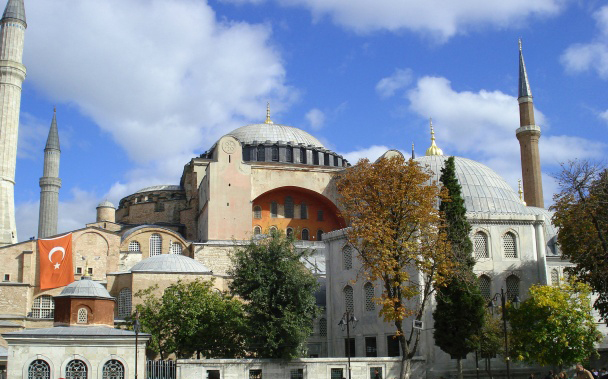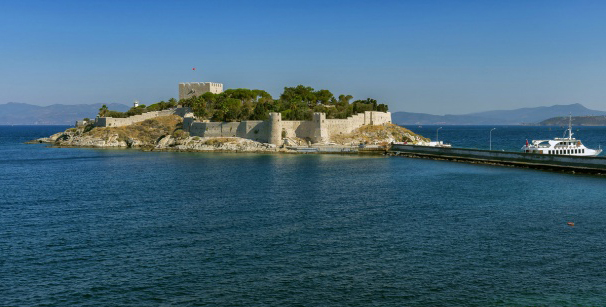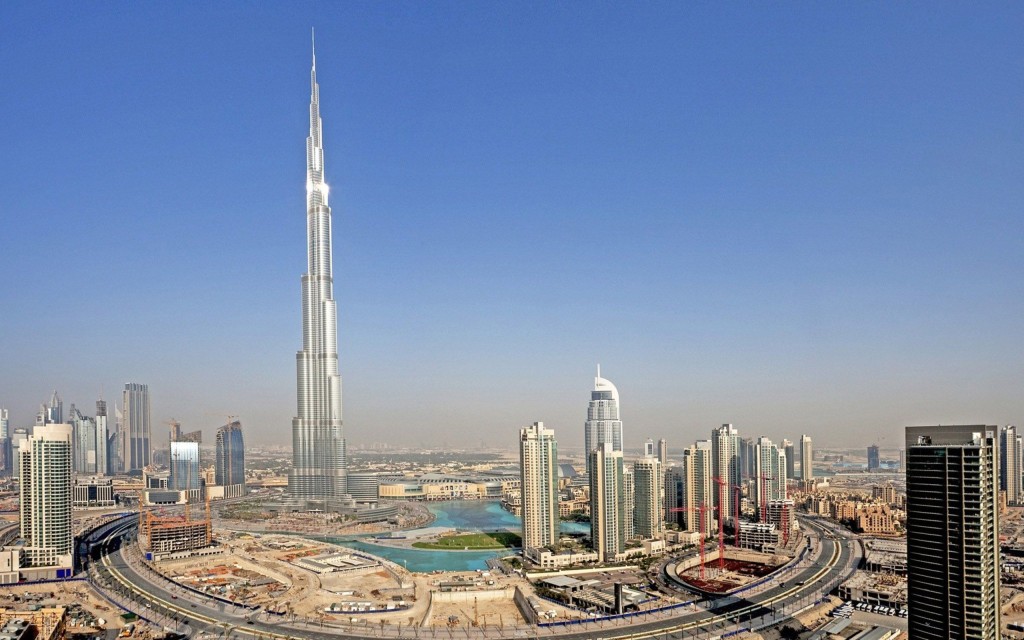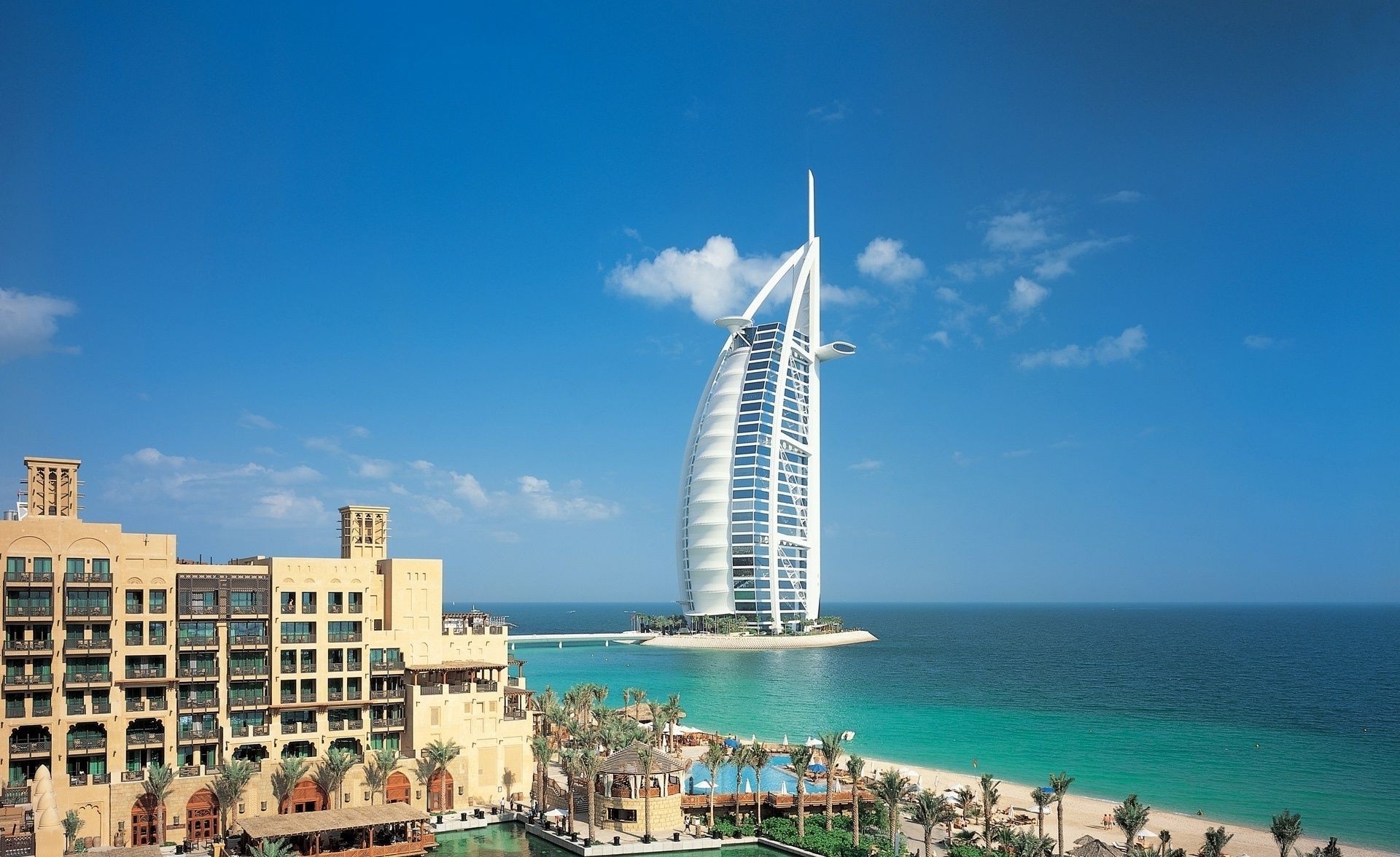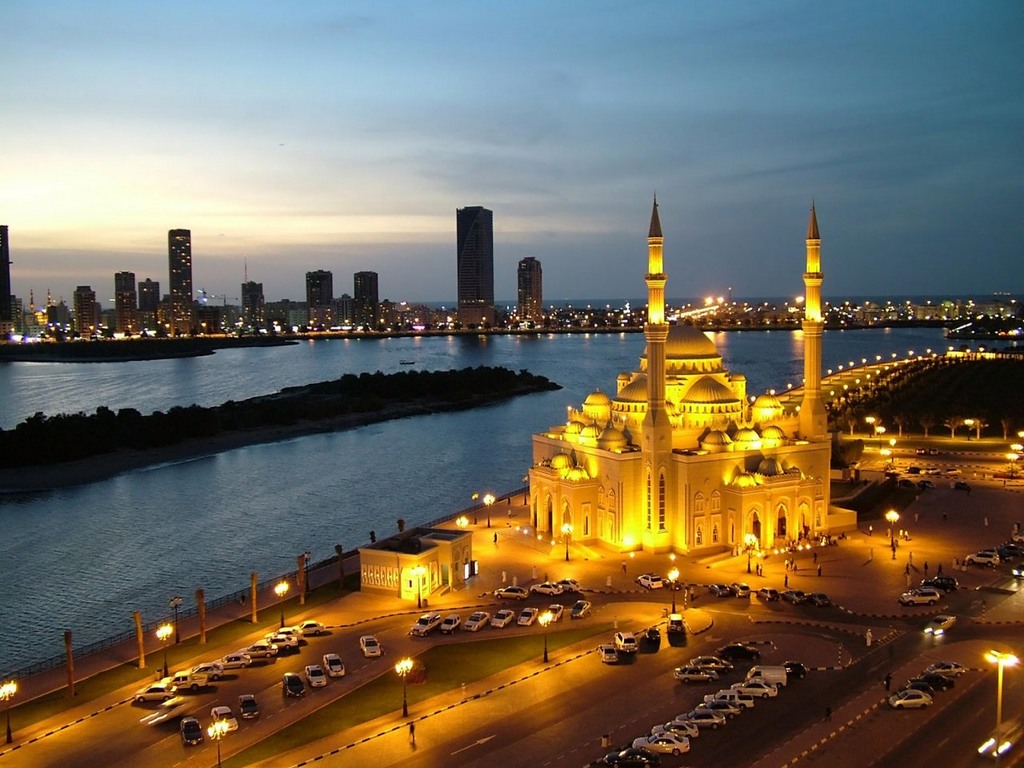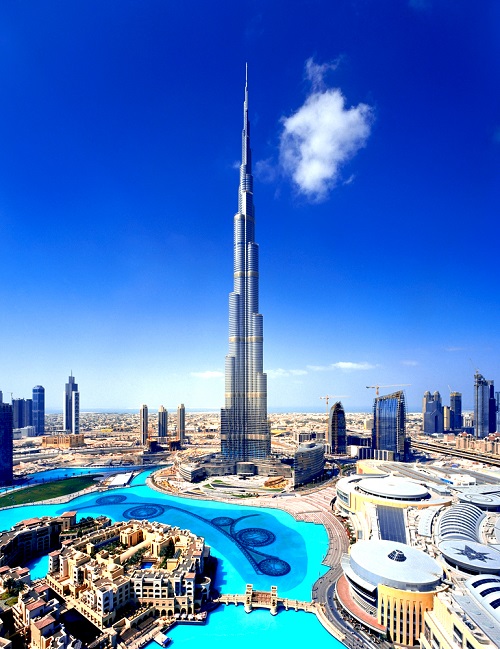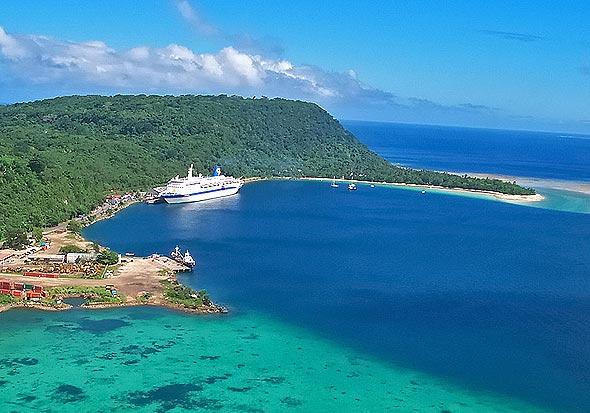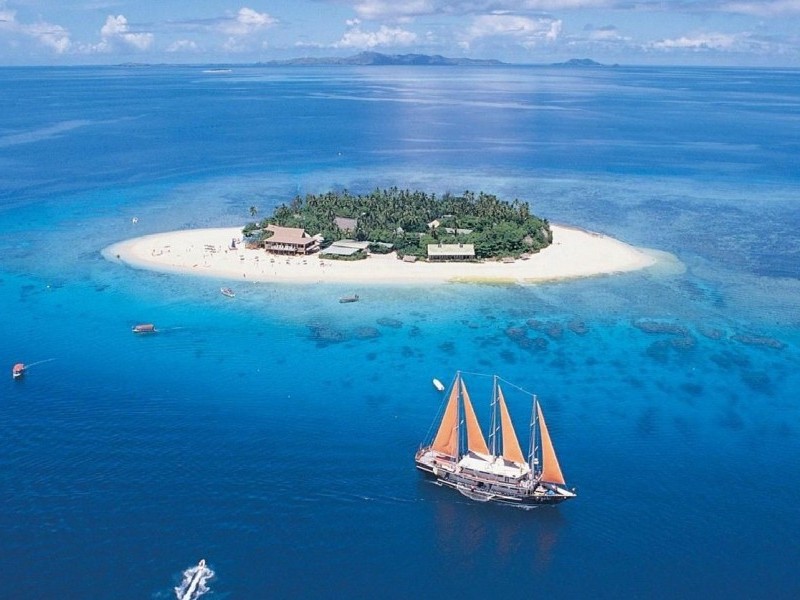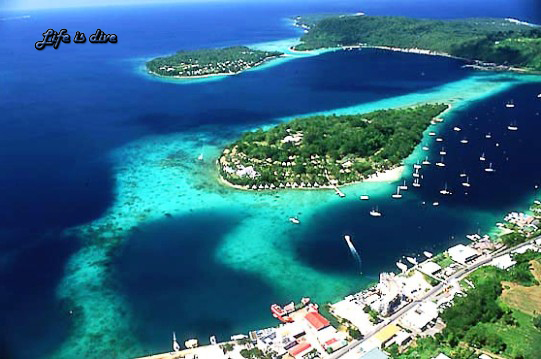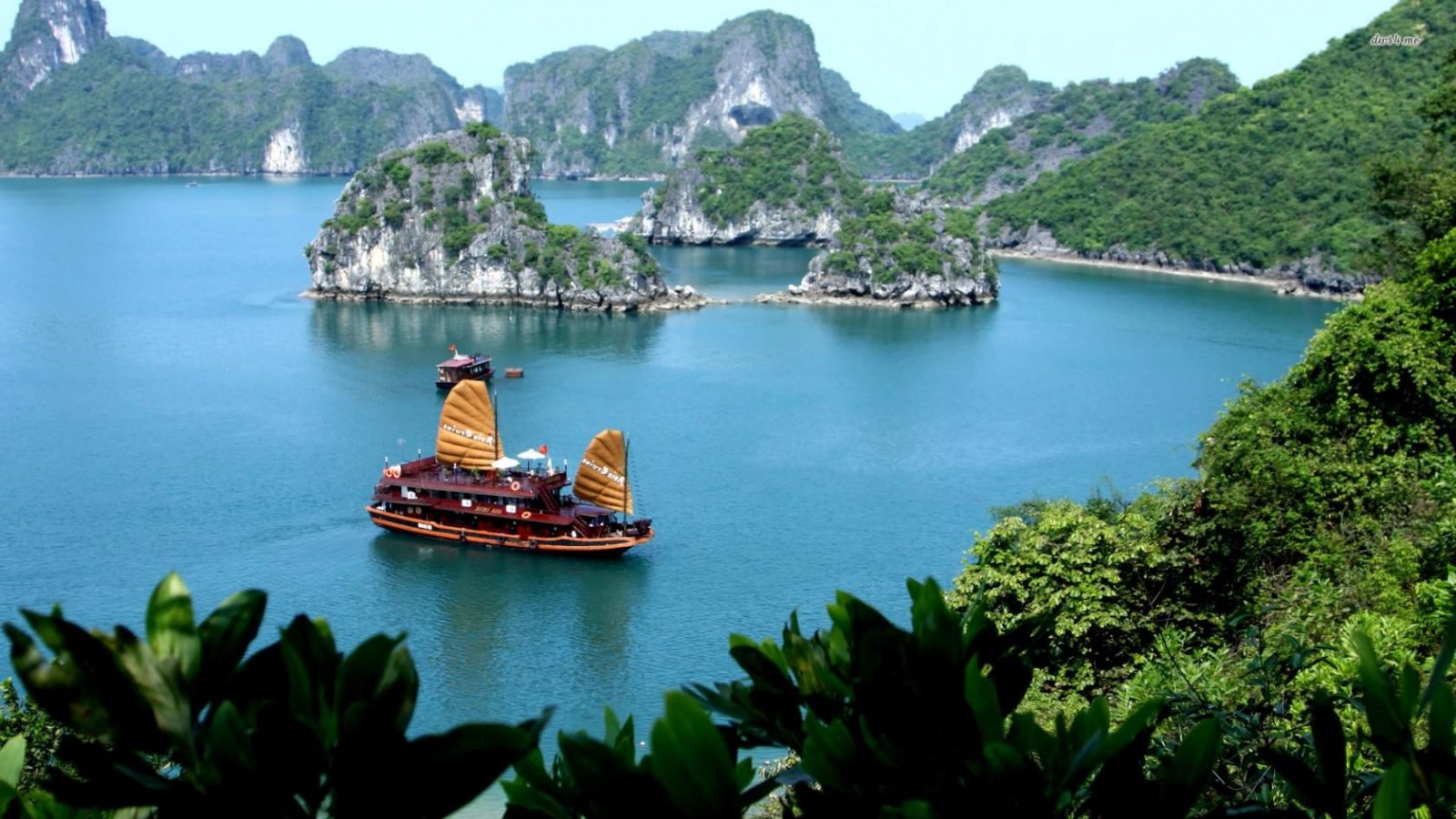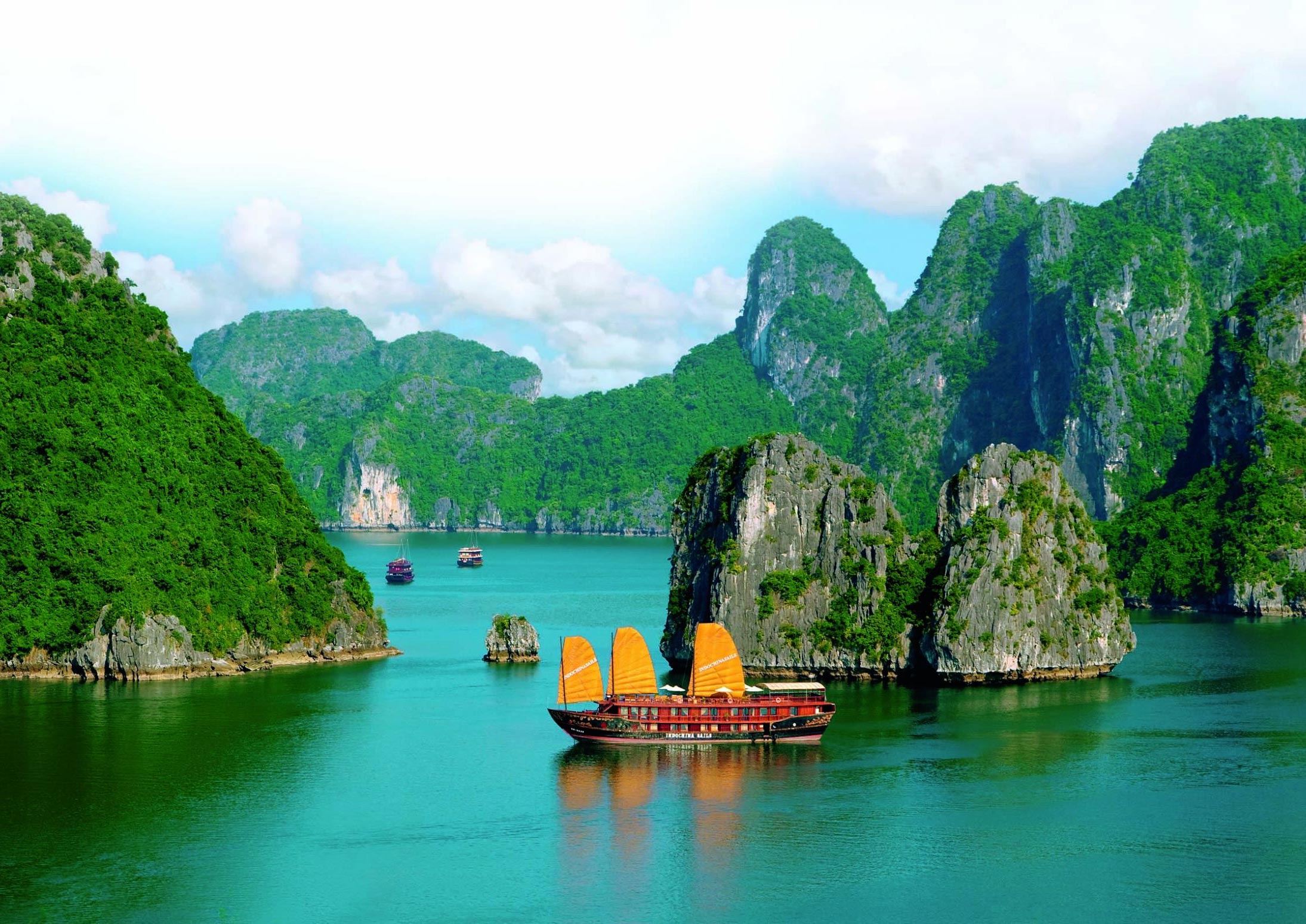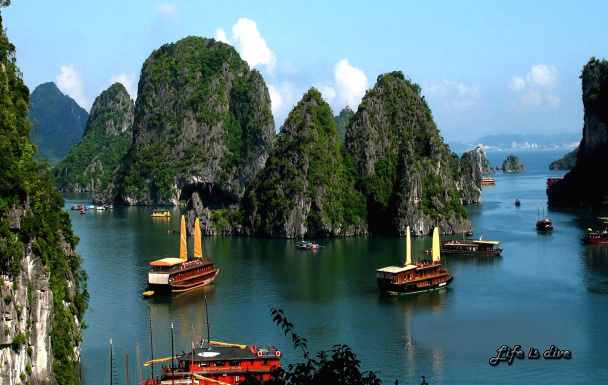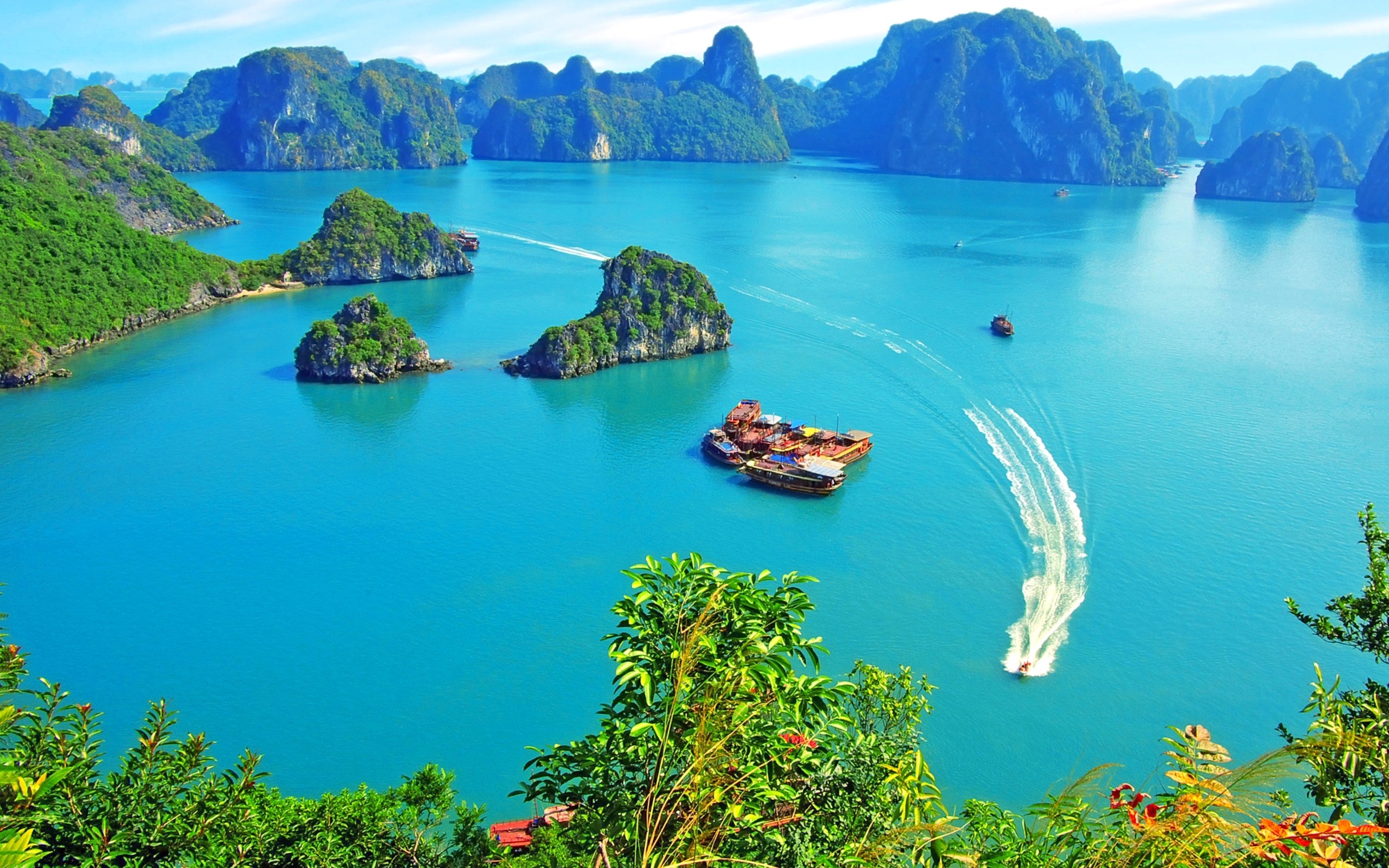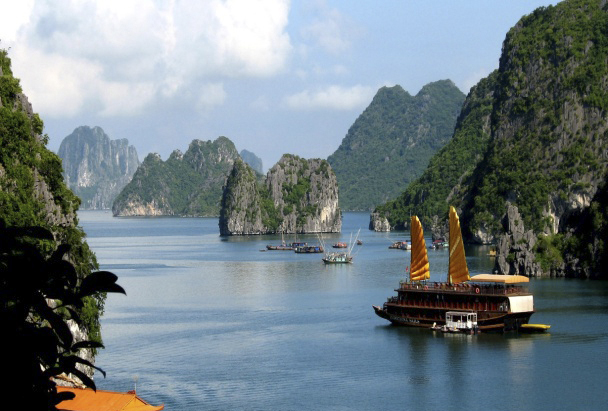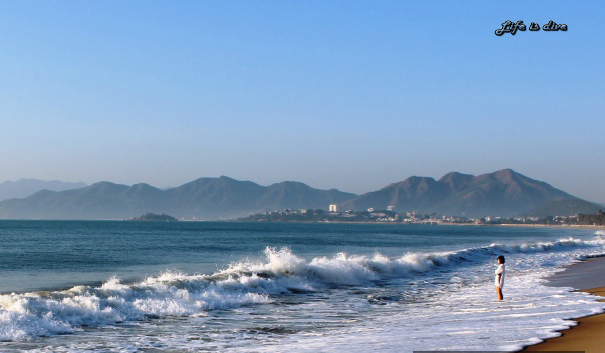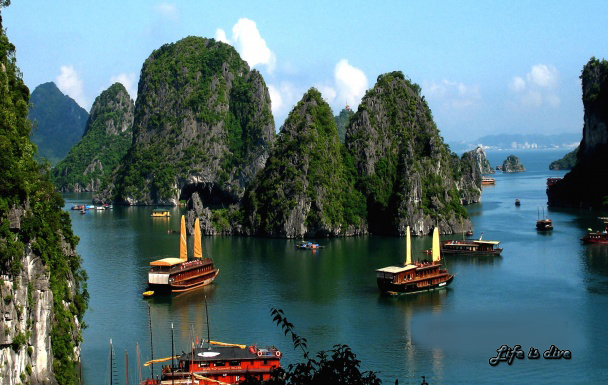Escape for the Weekend
Explore our collection of weekend
Turkey
Blue Mosque; Aya Sofya; Galata Bridge; dancing dervishes; the Grand Bazaar; Pamukkale thermal pools; the ruins of Troy; Ephesus; Aladins Cave; underwater canyons and reefs of Kas; caves and cliffs of Alanya; Wreck Rock of Marmaris.
Turkey, officially the Republic of Turkey, is a state located mainly in South-West Asia, and in part (about 3 per cent of the territory) - in South-Eastern Europe. The official language is Turkish. To the east Turkey is bordered by Georgia, Armenia, Azerbaijan, and Iran; to the south - by Iraq and Syria; to the west - by Greece and Bulgaria. The country is washed by four seas: the Black Sea, the Mediterranean Sea, the Aegean Sea and the Sea of Marmara. The capital of the country is Ankara; while the largest city is Istanbul.
In Turkey climatic conditions depend on the regions. While the coastal regions have a moderate climate, in the inland Anatolia plateau there is a dryer steppe climate with hot summers and cold winters. The Black Sea region has a wet, warm and humid climate.
The national currency is the Turkish lira. Money can be easily changed at all banks, post offices and change offices. ATMs are widely spread. Most shops and restaurants accept credit cards.
Turkey is a modern Western country with a long history and ancient traditions. Convenient geographical position at the crossroads of Europe and Asia, as well as amazing nature, golden sandy beaches, picturesque mountains and crystal-clear, gentle and warm sea make Turkey attractive to visitors from all over the world.
Many tourists start their journey with Istanbul, the former capital of the Christian Byzantines and the Islamic Ottoman Empire, where you can see unforgettable Blue Mosque, Aya Sofya Museum and the Topkapi Palace. Drink a cup of aroma coffee with traditional Turkish baklava beneath Istanbul's Galata Bridge or smoke nargile, watch a beautiful sunset and feel the atmosphere of this ancient city.
In Galata Mevlevihanesi you can watch dervishes whirling in their mystical dance; in the Grand Bazaar you can buy some jewelry, carpets, hand-painted ceramics, spices, embroideries or just enjoy this oriental mosaic of colors and sounds; in the thermal pools of Pamukkale you can relax and forget about your maladies – and then continue your journey around Turkey: you have a lot ahead.
Nature lovers will be charmed by the moon landscapes of Goreme National Park; by the white waters of the Çoruh River; by the huge Mount Ararat and by the wilderness and rough beauty of Van Lake.
Connoisseurs of history will be happy to visit the ruins of Troy and the remains of the Acropolis and the Asklepion in Pergamum; the Mamure Kalesi, founded in the 3rd century and strikingly well-preserved and the giant carved monuments of Mount Nemrut; and, of course, Ephesus built in the 10th century BC.
Airports
Esenboğa International Airport (ESB) located near Ankara.
Istanbul Atatürk Airport (IST) serves Istanbul.
Sabiha Gökçen International Airport (SAW) serves İstanbul.
İzmir Adnan Menderes International Airport (ADB) located in İzmir
Erkilet International Airport (ASR) situated near Kayseri.
Diving in Turkey
Turkey can boast warm, crystal-clear waters and a lot of dive sites. Here you will find varied underwater landscapes, featuring tunnels, rocky pinnacles and caverns and many wrecks.
The most popular dive sites are at Bodrum, Fethiye, Marmaris, Alanya and Kas.
One of the main attractions of Fethiye is the picturesque Aladins Cave, inhabited by many marine critters.
At Kas there are about 30 different dive spots, suggesting opportunities for wreck-diving, cave-diving, exploring underwater canyons, reefs and tunnels. Here you can meet barracudas, dorados, stingrays, sea turtles, octopuses, groupers and moray eels.
At Alanya, which is a good place for night diving, you will find caverns, caves and steep cliffs. All the dive sites are situated rather close to each other.
At Marmaris you can explore Wreck Rock, a small island that became the resting place for many Roman and Grecian ships. There is high probability of finding some ancient pottery on the bottom.
Kusadasi boasts uncrowded transparent waters without strong currents and tides.
United Arab Emirates
What to see in the United Arab Emirates? Burj Al Arab; the Sheikh Ziyeed Grand Mosque; the Fujairah Fort; the Dubai Mall Aquarium; wrecks the Energy Determination, the MV Dara, the Zainab; Sharm Rock and Martini Rock in Fujairah.
The United Arab Emirates, also called the UAE, is a federal state consisting of seven emirates; each emirate is an absolute monarchy: Abu Dhabi, Ajman, Dubai, Ras al-Khaimah, Umm al-Quwain, Fujairah and Sharjah. The emirates are located in the southeast end of the Arabian Peninsula on the Persian Gulf, and border Oman to the east and Saudi Arabia to the south. The total area of the country is 83.6 thousand square kilometers; the population is more than 9 million people.
The state is headed by the president of the United Arab Emirates – the head of Abu Dhabi, the biggest emirate. The capital of the United Arab Emirates is the city of Abu Dhabi. The official language is Arabic.
The climate of the emirates is subtropical-arid; the temperature reaches its maximum in July and August. 80% of the terrain is desert; the rest is occupied with mountains and coasts.
The national currency is the UAE dirham. You can exchange money at the airport, banks and most hotels. ATM’s can be found almost everywhere. Travellers Cheques and credit cards are widely accepted.
The United Arab Emirates is one of the wealthiest countries in the world. This oasis-like country is often associated with boundless luxury, beaches, five-star hotels, yachts and other attributes of richness. However, the UAE can boast not only luxurious resorts, but also the most beautiful man-made attractions, primarily – architectural ones.
One of the world’s most photographed architectural wonders is Burj Al Arab in Dubai, whose height is 321 meters. Other famous works of architectural art include the stunning Emirates Palace Hotel Abu Dhabi; the Sheikh Ziyeed Grand Mosque – an incredibly beautiful modern mosque where ancient craftsmanship skills interweave with contemporary design.
History lovers will certainly like the Al Bidyah Mosque – the oldest mosque in the UAE, built about 600 years ago; the Fujairah Fort, built in 1670 on a hill near the Fujairah coast; the Sharjah Museum of Islamic Civilization where you will find interesting exhibitions devoted to the development of the Islamic Empire; the Bastakia quarter of Dubai, where you can see the examples of traditional Arabic architecture and typical interiors; and the 5-thousand-year-old stone tombs not far from Al Ain.
The UAE is a perfect destination for those who are fond of outdoor activities. Here you find lots of opportunities for deep-sea fishing, desert driving, yachting and dhow cruising, kayaking, horse riding and playing golf.
Those who prefer relaxed way of spending time will like shopping in traditional Arabic souks, lying on luxurious white-sand beaches, watching sunset in the desert and visiting Palm Jumeirah, the famous manmade palm-shaped island.
Airports
Abu Dhabi International Airport (AUH) the second largest airport in the country is located 30 kilometers from Abu Dhabi city.
Al Ain International Airport (AAN)
Dubai International Airport (DXB) the busiest airport in the world by international passenger traffic.
Al Maktoum International Airport (DWC) located in Jebel Ali.
Fujairah International Airport (FJR)
Ras Al Khaimah International Airport (RKT)
Sharjah International Airport (SHJ)
Diving in the UAE
The most popular diving places of the emirates are Fujeirah, Musandam and Khorfakkan along the Gulf of Oman and Dubai, Abu Dhabi and Sharjah along the Persian or Arabian Gulf.
Off Dubai coast you can find such interesting wrecks as the Energy Determination, a 351-meter supertanker, lying at a depth of 35-80 meters; the MV Dara, sunk in 1961 and located at a depth of 20 meters; the Zainab, an oil tanker intentionally sunk in 2001 and situated at a depth of 30 meters; the Hopper Barge, a dump barge sunk in 1982 and lying 25 meters deep; and a cement barge, which sank in 1971 and now is located at a depth of 12 meters.
In Fujairah there are amazing Sharm Rock and Martini Rock, covered with hard and soft corals and teeming with parrotfish, lionfish, eagle rays, eels and reef sharks. Here you can also meet snappers, barracudas and sea turtles. The depth is 12-20 meters.
in the waters of Dibba Island you can see big table corals and lots of rays, turtles, sharks and trevallies.
Thrill seekers can try diving with sharks in the Dubai Mall Aquarium, the world’s largest aquarium, inhabited by more than 33 thousand different marine creatures.
Diving in the UAE is possible throughout the year. The water temperature is 33 degrees Celsius in summer and 22 degrees in winter.
Vanuatu
What to see in Vanuatu? Mom’s Market; the SS "President Coolidge"; Million Dollar Point; the Star of Russia wreck; MV Semle Federsen wreck; the Cathedral; Ollies Lolly.
One of the most mysterious countries is lost in the Pacific Ocean between New Caledonia and the Fiji Islands. Till 1980 it was called the New Hebrides but after getting independence it changed its name to Vanuatu, which means “Our land”. Vanuatu is a republic located on 83 islands. It is mysterious because the local people, consisting of primitive tribes, have lots of incredible legends about the populating and dividing these territories. The most interesting one is about Black Island – the abode of the ancestors’ souls which didn’t leave the human world. They helped wizards to win the war by turning their boat into a huge shark, which swallowed the enemies. The Vanuatu people seem to be stuck in the Stone Age: they do not have electricity; they walk around naked and often use products instead of money. Even Port Vila (the capital) looks as the least known cities of developed countries! Nevertheless Ni-Vanuatu (inhabitants of Vanuatu) are the most happy people. Statistically every fifth person here has never worked. What for? Food grows on trees all the year round, so people can do nothing daylong and they enjoy their life. Moreover, prices in Vanuatu are low – if you drop in “Mom’s Market” you will be able to have a perfect lunch for only two dollars. Tips are not accepted here. You should worry about vaccination against typhoid unless you are going to eat only in top-of-the-range restaurants. Official languages are Pigin, English and French. Most of these islands are notable for their damp tropical climate; rain period starts in January and lasts till March.
Vanuatu depths are meant for diving – water transparency is from 30 to 50 meters which allows seeing hundreds of sunken ships of the Age of Exploration. On one of Vanuatu islands 50 meters away from the shore there is an underwater post office. Having bought a special waterproof envelope in advance, divers can drop a letter into the box or give it to a duty postman, sitting at the counter in a diving suit.
There are 31 airports in the country, but only 3 of them have hard-surface runways.
International airports of Vanuatu:
- Bauerfield Airport (VLI)
- Santo-Pekoa International Airport (SON)
Diving in Vanuatu. Most popular places:
- Malampa Province, consisting of three main islands: Malakula, Ambrym and Paama. (It also includes a number of smaller islands –Uripiv, Norsup, Rano, Wala, Atchin, Vao and the volcanic island of Lopevi)
- Penama Province, situated on islands Ambae, Maewo and Pentecost.
- Sanma Province, occupying the territory of Espiritu Santo Island located approximately 2,500 km northeast of Australia and the territory of Malo Island.
- Tafea Province, situated on islands Tanna, Aniwa, Futuna, Erromango, Aneityum.
- Torba Province, occupying the territory of islands Torres and Banks.
- Shefa Province, including the islands of Epi and Efate and the Shepherd Islands.
Vietnam
What to see in Vietnam? My Son Sanctuary; monuments of Hue; Hoi An’s Old Town; Phong Nha-Ke Bang National Park; beaches of Mui Ne; Mekong Delta; coral pillars of Nha Trang; Con Dao National Marine Park; coral gardens of Whale Island
Vietnam, the complete official name - the Socialist Republic of Vietnam, is a country in Southeast Asia, located on the Indochina Peninsula. To the west it is bordered by Laos and Cambodia, to the north - by China, in the east and south – by the South China Sea. The total area of the country is about 333 thousand square kilometers; the population is 90.6 million people. The capital of Vietnam is Hanoi. The official language is Vietnamese.
Vietnam's terrain is mostly covered with mountains, hills and forests. The climate of the country is highly various due to the topography.
The national currency is the Vietnamese Dong (VND). You can exchange currency at banks (but keep in mind that most banks accept only clean and not torn banknotes). ATM’s network is rather developed. Outside the country the Dong is not accepted (only in Cambodia and Laos), so do not forget to exchange all dongs left before leaving Vietnam.
In this ancient country you will find stunning landscapes and superb beaches, vibrant modern cities and tranquil traditional villages.
Those who are interested in archeology, architecture and history will praise My Son Sanctuary, amazing temples built for Hindu ceremonies in 4-14th centuries; numerous historic monuments of Hue, the former imperial capital of the Nguyen dynasty; charming historic architecture of Hoi An’s Old Town, whose age is about two thousand years; the imperial citadel of Hanoi, containing various artifacts from 6-20th centuries. Nature lovers can enjoy its beauties and wonders in the Halong Bay, where there are around 1600 islands, creating truly surrealistic scenery, shown in many films; in Phong Nha-Ke Bang National Park, which occupies about 2 thousand square kilometers of tropical rainforest and contains underground rivers and about 300 various caves; on the beaches of Mui Ne, where you can go sand-sledding on the slopes of red and white dunes. In Mekong Delta, often called Vietnam’s rice bowl, you can see how local farmers create a real agricultural miracle. And do not to listen to traditional Vietnamese music, try delicious street food, buy some craftworks in street markets, ride on an elephant and take a boat trip along one of leisurely Vietnamese rivers.
Airports
Noi Bai International Airport (HAN), the largest airport in the northern part of the country and the main airport serving Hanoi.
Da Nang International Airport (DAD), an important gateway to access central Vietnam, located in Da Nang.
Tan Son Nhat International Airport (SGN), the largest international airport in Vietnam.
Diving in Vietnam
Throughout a year divers from all over the world come to Vietnam to take pleasure in its azure waters. And leave the country with strong desire to come again and again.
The best-known dive destination in Vietnam is Nha Trang, loved by tourists for coral pillars and pyramids.
Off Whale Island you can see amazing coral gardens and 40-meter deep walls. The marine life is diverse, though you will hardly meet here sharks or whales, despite the name of the island.
In the waters of the Con Dao Archipelago, a thousand hectares of which are occupied by the National Marine Park, you can find a lot of sea turtles, which are highly protected here. You will also see here plenty of bright corals, inhabited by various fish, including endangered dugong.
The marine park Cu Lao Cham consists eight islands, inhabited by 4 species of lobster, 84 species of molluscs, 155 species of corals and about 200 species of fish.
The water temperature is 21-25 degrees Celsius. There are almost no currents in the coastal dive sites which makes them ideal for beginning divers.
